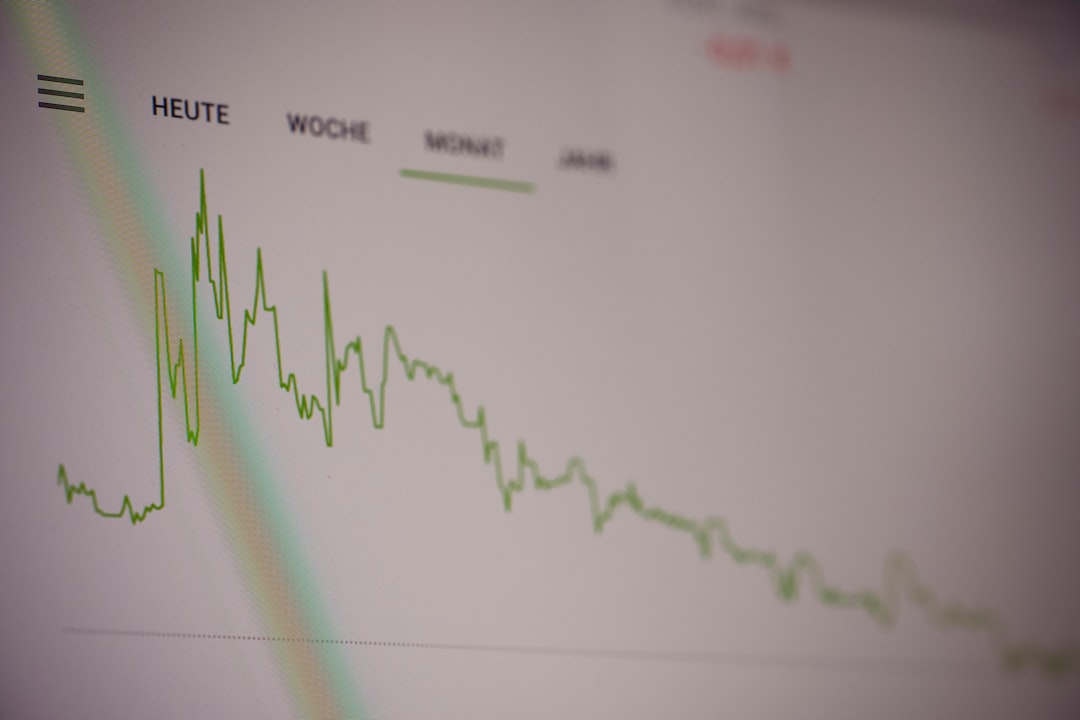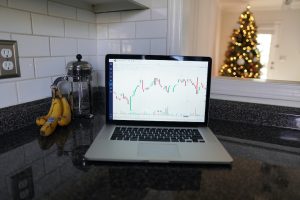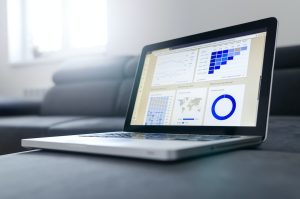Forex trading can be a lucrative investment opportunity for those who have the right knowledge and skills. One of the critical factors that determine success in this market is the ability to set the appropriate volume for your trades. Volume refers to the number of units of a currency that are traded in a particular transaction. In this article, we will discuss how to set the volume when trading the forex market.
Understanding the Concept of Trading Volume
Before we delve into how to set the trading volume, it is essential to understand what trading volume is and how it affects forex trading. The trading volume refers to the total number of currency units that are traded in a particular market over a specified period. It is an essential indicator that traders use to gauge the level of market activity and liquidity.
High trading volume indicates that there is a lot of market activity, and traders can buy or sell currencies quickly without affecting the market’s price. On the other hand, low trading volume indicates low market activity, and traders may find it challenging to execute trades without affecting the market’s price.
Factors that Affect Trading Volume
Several factors affect the trading volume in the forex market. Some of these factors include:
1. Economic Indicators: Economic indicators such as Gross Domestic Product (GDP), inflation rates, and employment rates affect the currency’s value and, consequently, the trading volume.
2. Political Events: Political events such as elections, wars, and political instability can significantly affect the trading volume.
3. Market Sentiment: The market sentiment can also affect the trading volume. For instance, if traders have a positive outlook on the market, they are likely to trade more, leading to an increase in trading volume.
How to Set the Trading Volume
Setting the trading volume is a critical aspect of forex trading, and it requires careful consideration. Here are some steps to follow when setting the trading volume:
1. Determine your Risk Tolerance: Your risk tolerance level should be the first consideration when setting the trading volume. Risk tolerance refers to the level of risk you are willing to take on your trades. If you have a high risk tolerance, you may opt for a higher trading volume, while those with a lower risk tolerance may opt for a lower trading volume.
2. Determine the Size of Your Account: The size of your account also determines the trading volume. The general rule is to trade no more than 2% of your account balance on a single trade. For instance, if you have a $10,000 account, you should not trade more than $200 per trade.
3. Determine Your Stop Loss and Take Profit Levels: Stop loss and take profit levels are crucial in determining the trading volume. The stop loss level is the point at which you will exit the trade to prevent further losses, while the take profit level is the point at which you will exit the trade to take profits. The stop loss level should be set at a level where you can afford to lose the trade, while the take profit level should be set at a level where you can take profits and exit the trade.
4. Consider Market Volatility: Market volatility is another factor that should be considered when setting the trading volume. Highly volatile markets require lower trading volumes to minimize losses, while less volatile markets allow for higher trading volumes.
Conclusion
Setting the appropriate trading volume is critical to success in the forex market. Traders should consider their risk tolerance level, account size, stop loss, and take profit levels, and market volatility when setting the trading volume. By following these steps, traders can minimize losses and maximize profits in the forex market.





